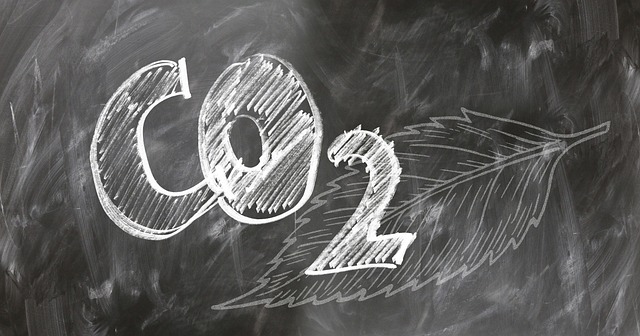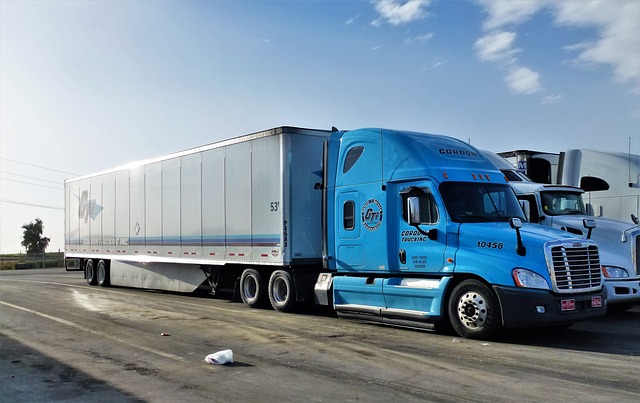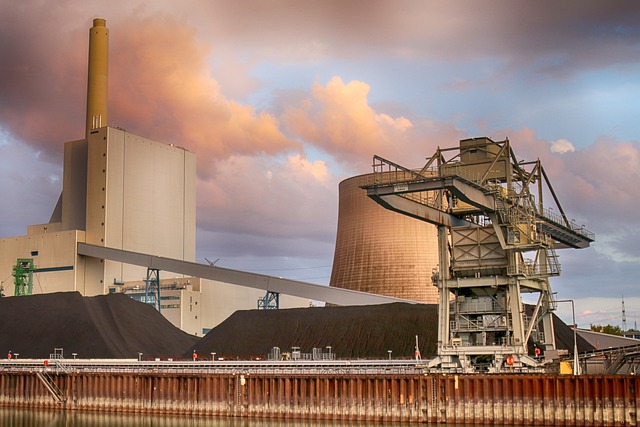
- PR 14/2024 is not the initial regulation governing CCS activities in Indonesia. Previously, on 3 March 2023, the Minister of Energy and Mineral Resources (MEMR) released MEMR Regulation No. 2 of 2023.
- PR 14/2024 requires giving priority to carbon storage capacity for local carbon producers. Under this regulation, PSC Contractors and holders of storage operation licenses must set aside 70% of their carbon storage capacity for domestic carbon producers, while reserving the remaining 30% for foreign carbon producers who invest in or have connections to investments in Indonesia.
- The Contractor or Storage Operation License holder must document and report the application of carbon pricing to Indonesia’s national climate change registry system. Presidential Regulation No. 98 of 2021 and Ministry of Environment and Forestry Regulation No. 21 of 2022 govern carbon pricing and trading in Indonesia.
PR 14/2024 is not the initial regulation governing CCS activities in Indonesia. Previously, on 3 March 2023, the Minister of Energy and Mineral Resources (MEMR) released MEMR Regulation No. 2 of 2023, which focuses on the organization of CCS and carbon capture, utilization, and storage for upstream oil and gas business activities (MEMR 2/2023). Additionally, on 12 January 2024, the Special Task Force for Up.
Baca Juga :
- Is Methane Potential Cause Greenhouse Effect after Carbon?
- PT ThorCon Power Indonesia: Nuclear Energy Sector Has a Share of 11% in 2060
PR 14/2024 serves as the overarching regulation for implementing CCS in Indonesia. It simplifies the regulatory framework for CCS implementation, expanding its scope beyond the oil and gas working areas governed by MEMR 2/2023 and PTK-070 to include open and mining business license areas.
Under PR 14/2024, CCS activities are divided into various stages, which is essential for ensuring systematic implementation and monitoring. The specifics are as follows:
Carbon Capture
PR 14/2024 acknowledges various carbon capture techniques, including:
- Separating carbon at oil and gas production sites
- Capturing carbon from combustion
- Pre-combustion capture
- Oxyfuel combustion capture
- Direct air capture technology
These methods can be applied at upstream oil and gas facilities, oil and gas refineries, power plants, industrial sites, and other emitting activities, both domestically and internationally. All carbon capture methods must comply with technical standards recognized by the Indonesian government, either nationally or internationally.
Carbon Transportation

The transportation of carbon from a captured and/or processing facility to the injection site can utilize pipes, trucks, and/or ships. Before conducting these activities, it is necessary to obtain a Carbon Transportation Permit. This permit can be issued to a business entity or the holder of a storage operation license. The specifics are as follows:
- For carbon transportation via pipes, the permit can be granted for a duration of up to 20 years and can be extended for a maximum of 10 years for each extension.
- For carbon transportation by truck, ship, or other methods, the permit is granted for up to 10 years and can be extended for a maximum of 10 years for each extension.
The transportation of carbon from a captured and/or processing facility to the injection site can utilize pipes, trucks, and/or ships. Before conducting these activities, it is necessary to obtain a Carbon Transportation Permit. This permit can be issued to a business entity or the holder of a storage operation license. For carbon transportation via pipes, the permit can be granted for a duration of up to 20 years and can be extended for a maximum of 10 years for each extension. However, for carbon transportation by truck, ship, or other methods, the permit is only granted for up to 10 years and can be extended for a maximum of 10 years for each extension.
Carbon Injection and Sequestration
Carbon injection and sequestration can occur in:
- Exhausted reservoirs
- Saline aquifers
- Coal seams
PR 14/2024 prioritizes local carbon producers. PSC Contractors and holders of storage operation licenses must allocate:
- 70% of carbon storage capacity for domestic carbon producers
- 30% for foreign carbon producers with investments in Indonesia.
Measurement, Reporting, and Verification (MRV)
Throughout the CCS operating phase, the PSC contractor or operator is required to perform Measurement, Reporting, and Verification (MRV). This procedure aims to ensure:
- The accuracy and credibility of the volume of carbon gathered, transported, and stored
- Oversight of risks associated with CCS operations
- Legitimacy of carbon credit programs
Verification procedures must also be submitted to the national climate change registration system (SRN – Sistem Registri Nasional) (menlhk.go.id).
Closure of Carbon Capture Storage Activities

PR 14/2024 specifies several situations that may prompt the closure of CCS operations, including:
- The storage facility reaching full capacity
- No additional carbon injection
- Expiration of the operation storage license
- Force majeure events
- Economic unviability of the CCS operation
Baca Juga:
- Invest On Nuclear Power Plants Tend To Be Sustain Also Reliable
- PT ThorCon Power Indonesia: Nuclear Energy Sector Has a Share of 11% in 2060
Monetization and Carbon Credit
The rights and entitlements to any carbon credits gained from the project are assigned to the CCS project operator. However:
- If the operator is a PSC contractor and the carbon credit buyer is outside Indonesia, the PSC contractor must seek SKK Migas’ permission to transfer the greenhouse gas emission reduction certificate beyond Indonesia.
Additionally, the PSC contractor or CCS operator may enter into a commercial agreement to store third-party carbon emissions in exchange for a storage or toll charge. The MEMR is expected to draft a second rule to clarify the terms of the storage or toll fee.
Implementing the Economic Value of Carbon
PR 14/2024 establishes the foundation for carbon pricing in the CCS sector. Key points include:
- The Contractor or Storage Operation License holder is required to document and report the application of carbon pricing to Indonesia’s national climate change registry system.
- The regulatory framework for carbon pricing and trading in Indonesia is governed by:
- Presidential Regulation No. 98 of 2021
- Ministry of Environment and Forestry Regulation No. 21 of 2022
#zonaEBT #Sebarterbarukan #EBTHeroes
Editor: Savira Oktavia
References:
[1] Indonesia’s Carbon Capture Storage Regulatory Overview: Presidential Regulation No. 14 of 2024
[2] Indonesia’s Carbon Capture and Storage (CCS) Regulatory Overview: Steps to become Asia-Pacific Hub?



Comment closed